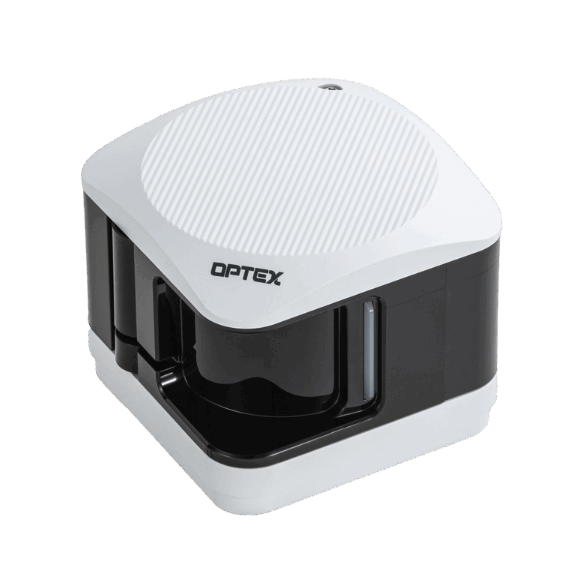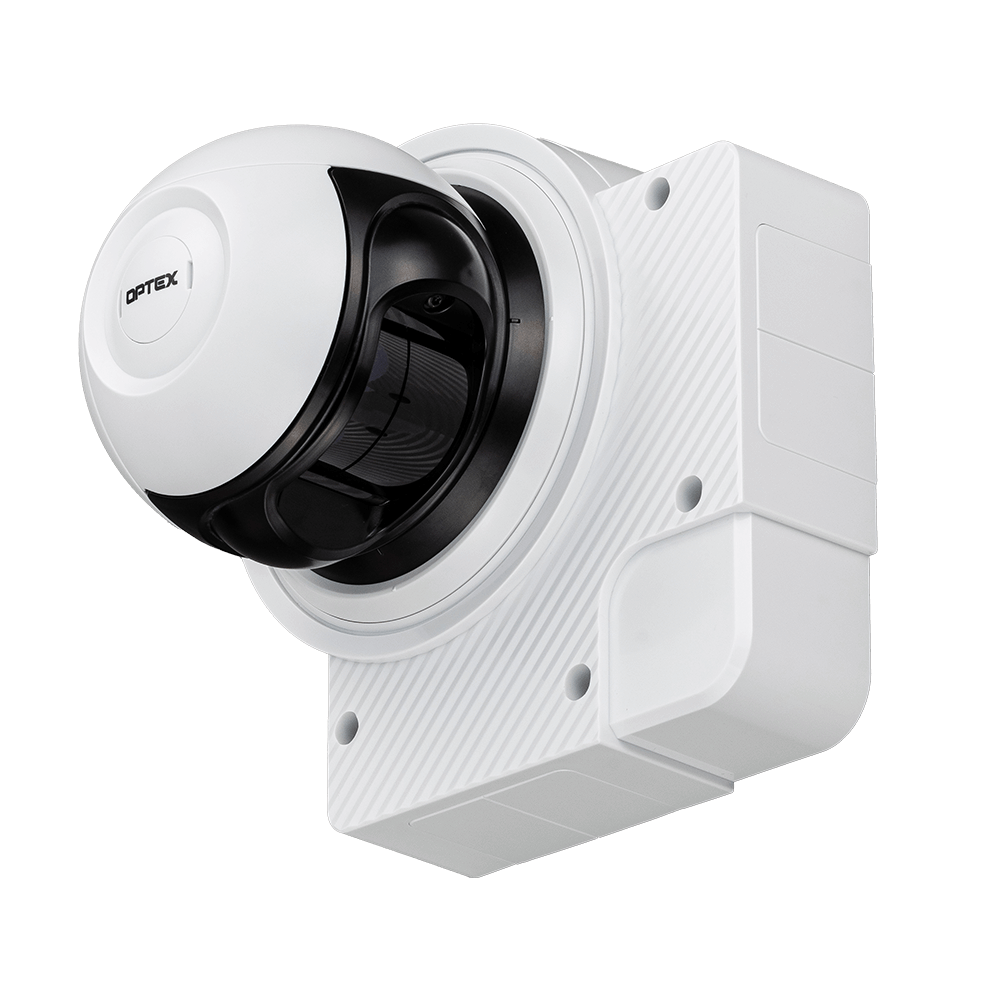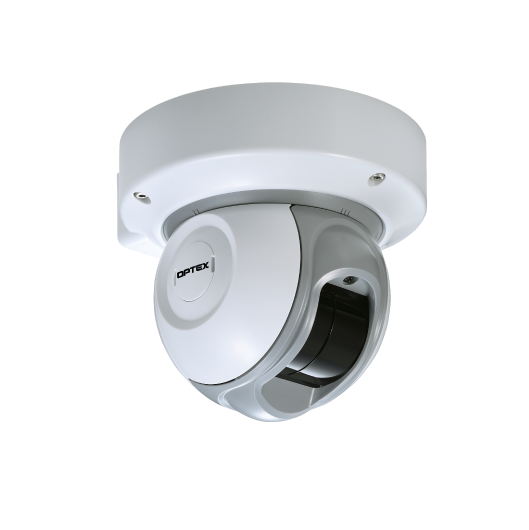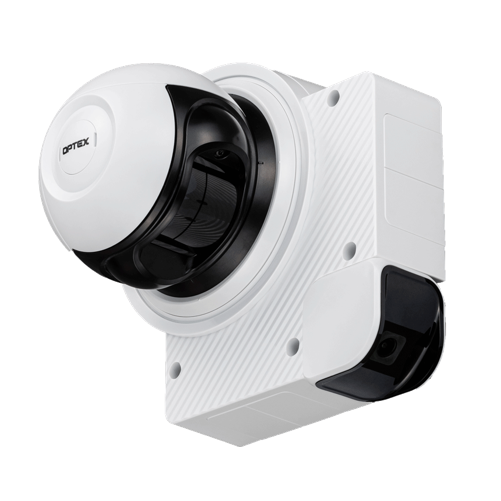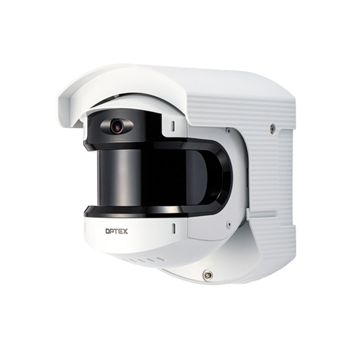What is a LiDAR Sensor? – Technology and Applications in the Security Field
What is a LiDAR Sensor? Why Are LiDAR Sensors Gaining Attention in Security?
LiDAR (Light Detection and Ranging) sensor is an advanced sensing technology that measures the distance and position of objects with high precision by emitting laser beams and calculating the time it takes for the reflections to return. While LiDAR has been widely used in fields such as autonomous driving and topographic surveying, its application in security is rapidly expanding. This growth is driven by technological advancements and the increasing demand for smart solutions in areas like smart homes, intelligent transportation systems, and smart cities.
● Technical Principle
2D LiDAR sensors perform high-speed scanning, instantly capturing thousands of data points. This enables precise detection of various objects such as people, vehicles, and animals, allowing efficient monitoring of designated areas.
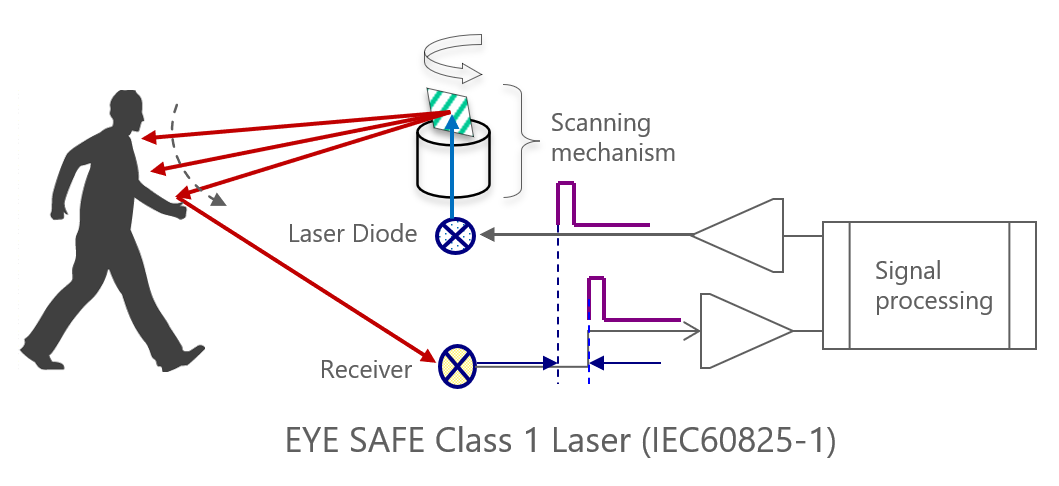
● Key Features of LiDAR Sensors (Compared to Other type of sensors)
Traditional security devices such as surveillance cameras, infrared sensors, and microwave sensors have long been used in the field, but they come with several limitations:
- Prone to performance issues due to environmental factors like weather, illumination, and temperature.
- Prone to false alarms (e.g., small animals, sudden changes in light or temperature) and missed detections.
- Surveillance cameras may produce unclear images in low-light conditions.
LiDAR sensors offer effective solutions to these challenges. Their key advantages include:
- Configurable detection parameters: Object size and speed can be set to reduce false alarms.
- Reliable performance day and night: Maintains high accuracy even in darkness, rain, or other harsh conditions.
- Customizable detection zones: Enables precise monitoring of target areas while avoiding unnecessary detection in irrelevant zones.
- Surface detection: Unlike infrared beam sensors that detect along a “line,” LiDAR sensors monitor across a “surface.”
This allows comprehensive coverage of the entire surveillance area and simultaneous monitoring of multiple intrusion paths.
● Recent Developments and Future Outlook
The market is witnessing the development of LiDAR sensors that are smaller, more affordable, and higher in performance. Looking ahead, LiDAR is expected to play an increasingly central role in smart security systems, especially when integrated with cameras and AI technologies.
As a new solution supporting the resolution of challenges in security operations, LiDAR sensors are being adopted across a wide range of fields.
Current Use of LiDAR Technology in the Security Field
LiDAR sensors have become increasingly important in the security industry in recent years. Compared to traditional surveillance devices, they offer clear boundary definition and real-time, high-precision motion detection, making them suitable for a wide range of applications.
Leveraging these capabilities, LiDAR sensors contribute not only to general monitoring but also to enhanced safety and operational efficiency. They enable real-time alerts for unauthorized intrusions, prevent close contact with machinery or vehicles, and detect suspicious activities such as object throwing across restricted areas.
● Integration into Alarm Systems
LiDAR sensors are now being used as part of alarm systems in a wide variety of applications, including infrastructure facilities, airports, data centers, factories, museums, and art galleries.
In particular, when installed along boundaries or restricted areas within premises or buildings, LiDAR sensor enables real-time detection of intruders and immediate notification to alarm systems or operator terminals. This allows for the construction of highly responsive and intelligent security systems.
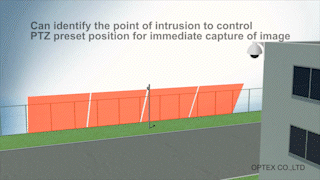
● Integration with Surveillance Cameras
In recent years, especially at high-security facilities, advanced security systems combining LiDAR sensors and surveillance cameras have become increasingly common. For example, when a LiDAR sensor detects an intrusion or anomaly, it can trigger the corresponding surveillance camera to activate, automatically track the subject, and record footage.
This integration enables not only physical intrusion detection but also situational recording and behavioral analysis, allowing for faster and more accurate threat assessment and evidence collection. Additionally, LiDAR sensors help cover blind spots during nighttime or adverse weather conditions—areas that cameras alone may miss—resulting in a more reliable and secure monitoring environment.
About OPTEX LiDAR Sensor Products
OPTEX offers a wide range of LiDAR sensor products optimized for various site requirements.
This section introduces the key features and application examples of OPTEX’s LiDAR solutions.
● Key Features and Functions of OPTEX LiDAR Sensors
- High-Precision Detection of Surveillance Lines
Utilizing proprietary laser technology, OPTEX sensors provide highly accurate distance measurement to detect intrusions into designated boundaries or pathways in real time. They can distinguish between people, vehicles, and small animals, helping to reduce false alarms. - Stable Performance Under Harsh Conditions
OPTEX sensors maintain reliable performance even in challenging environments such as rain or darkness. They are ideal for outdoor perimeter monitoring and securing critical zones. - Versatile Applications and System Integration
Suitable for both indoor and outdoor installations, OPTEX sensors can be easily integrated with existing alarm systems and surveillance camera setups. They support various communication protocols, including ONVIF. - Wide-Area and Long-Range Detection
The RLS-50100V model can create a large laser detection area of up to 50 × 100 meters. This allows for efficient coverage of large perimeters, internal zones, and rooftop intrusion detection with fewer units. - Diverse Product Lineup for Optimal Selection
OPTEX offers a broad lineup including long-range models (e.g., RLS-50100V), models capable of detecting thrown objects, and models equipped with built-in cameras. This enables users to select the most suitable sensor based on monitoring area, application, and installation conditions. Our expert staff are available to recommend the best model tailored to your site’s specific needs.
● Product Lineup
Applications of OPTEX LiDAR Sensors
OPTEX LiDAR sensors are used in a wide range of security and safety management scenarios.
● Intrusion Detection and Suspicious Behavior Monitoring
OPTEX LiDAR sensors are deployed to detect intrusions into specific zones such as perimeters, rooftops, and restricted areas within commercial facilities, airports, data center, power plants, and logistics warehouses.
Their use is also expanding for detecting suspicious behaviors, such as approaching or touching sensitive objects, throwing items into or across restricted zones, and other unauthorized actions.
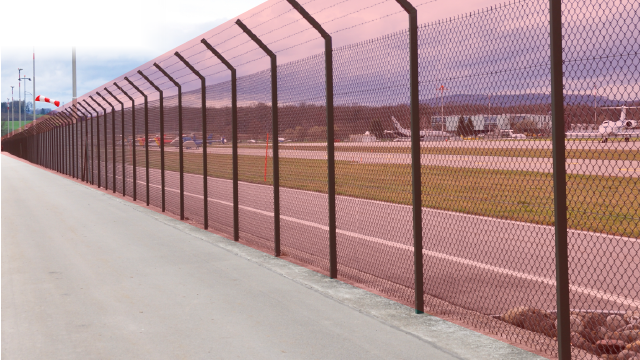
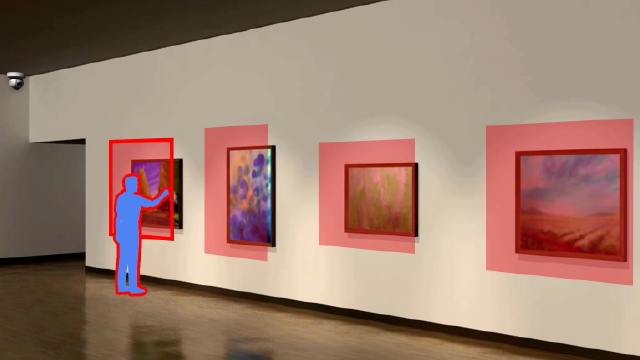
● Traffic Management
OPTEX LiDAR sensors are also utilized in traffic infrastructure safety applications. For example, when installed at the entrance of highways or railway tunnels, they can instantly detect pedestrians or animals—objects that should not enter the tunnel—and trigger alerts to operators.
LiDAR sensors are also effective in managing pedestrian safety at crosswalks.
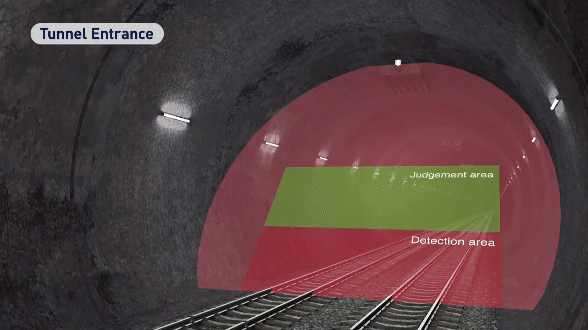
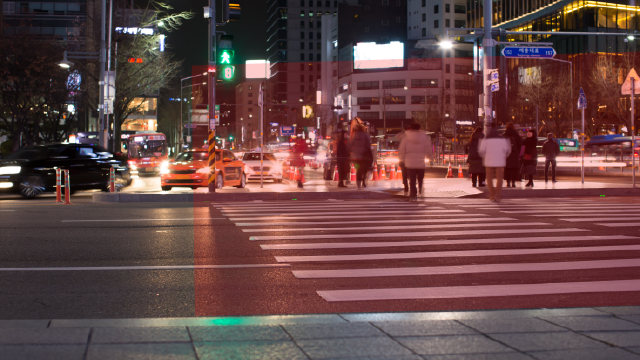
Support for Product Implementation
Even in complex environments or with unique requirements, our experienced staff and trusted partners provide tailored consulting services. We offer proposals for optimal sensor placement and system operation based on your specific needs.
Feel free to contact us for customization options, feature enhancements, or system integration support.
FAQ
1. Can LiDAR sensors accurately detect intrusions at night or in dark environments?
Yes, LiDAR (Light Detection and Ranging) sensors can accurately detect intrusions even in low-light environments such as nighttime or dark indoor areas like server rooms.
Because they use laser light to measure the distance and position of objects, they maintain high detection accuracy regardless of lighting conditions—day or night.
2. Are LiDAR sensors safe for human eyes? What about laser safety?
Yes, the lasers used in OPTEX LiDAR sensors are classified as Class 1, which means they are safe for human eyes. Under normal operating conditions, there is no need to worry about any harmful effects on the human body.
3. What are the benefits of integrating surveillance cameras with LiDAR sensors?
Integrating surveillance cameras with LiDAR sensors offers several key advantages:
- Improved Detection Accuracy and Reliability
LiDAR sensors excel at detecting people and objects using laser technology, maintaining stable performance even in darkness or adverse weather conditions. Cameras, on the other hand, provide visual confirmation of the scene. By combining both, the system can reduce missed detections and false alarms, enabling more accurate threat assessment and response. - Faster Situational Awareness and Automated Response
When a LiDAR sensor detects a suspicious person or abnormal activity, it can trigger the corresponding surveillance camera to activate or initiate automatic tracking with a PTZ (pan-tilt-zoom) camera. - More Efficient and Higher-Quality Security Operations
Using sensor-based detection to trigger visual verification reduces the burden on security staff and minimizes human error. This leads to more precise security operations and can also help lower operational costs.
Contact OPTEX
Please feel free to contact us for further information.
We are always eager to support you and propose a solution that suits your needs.
